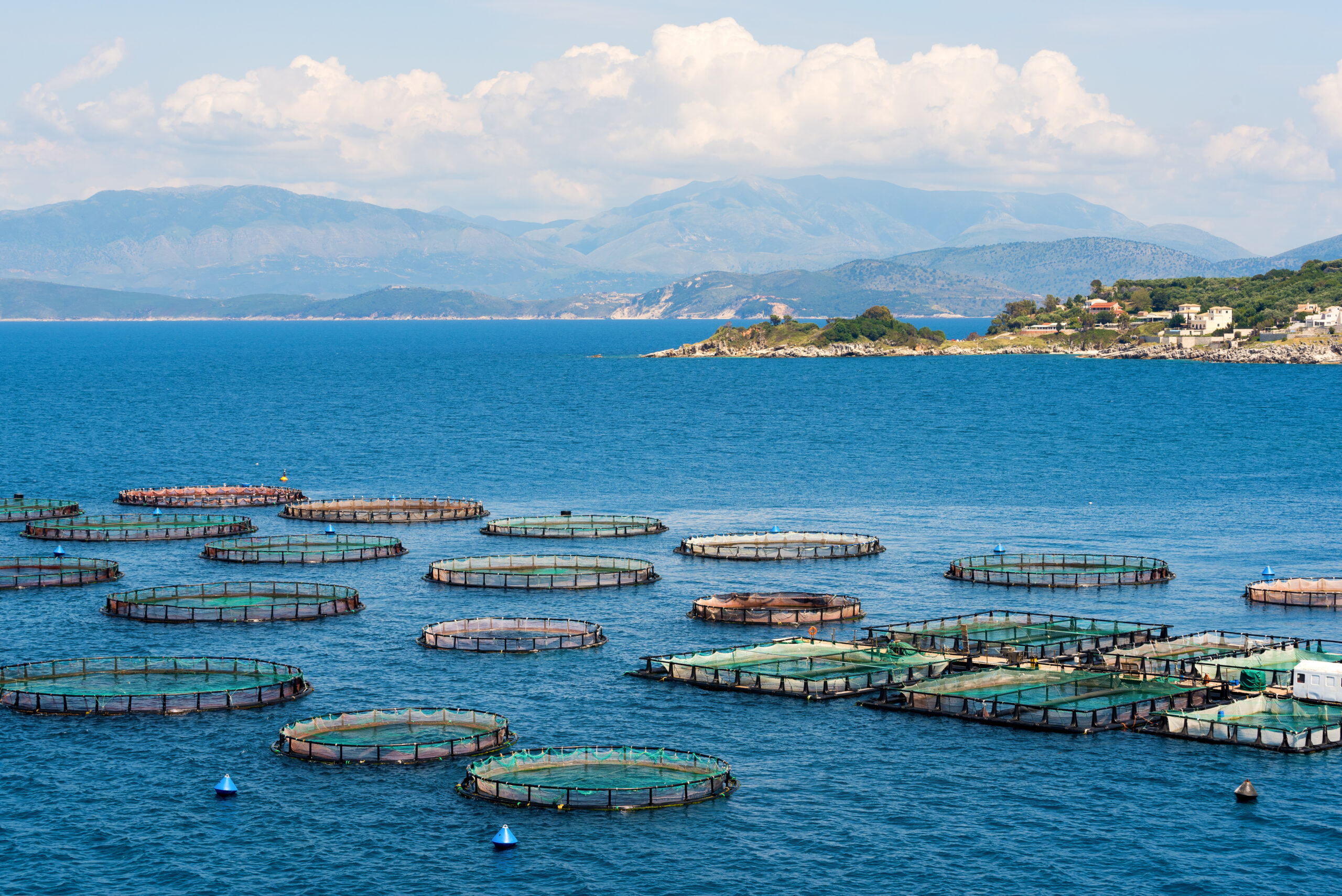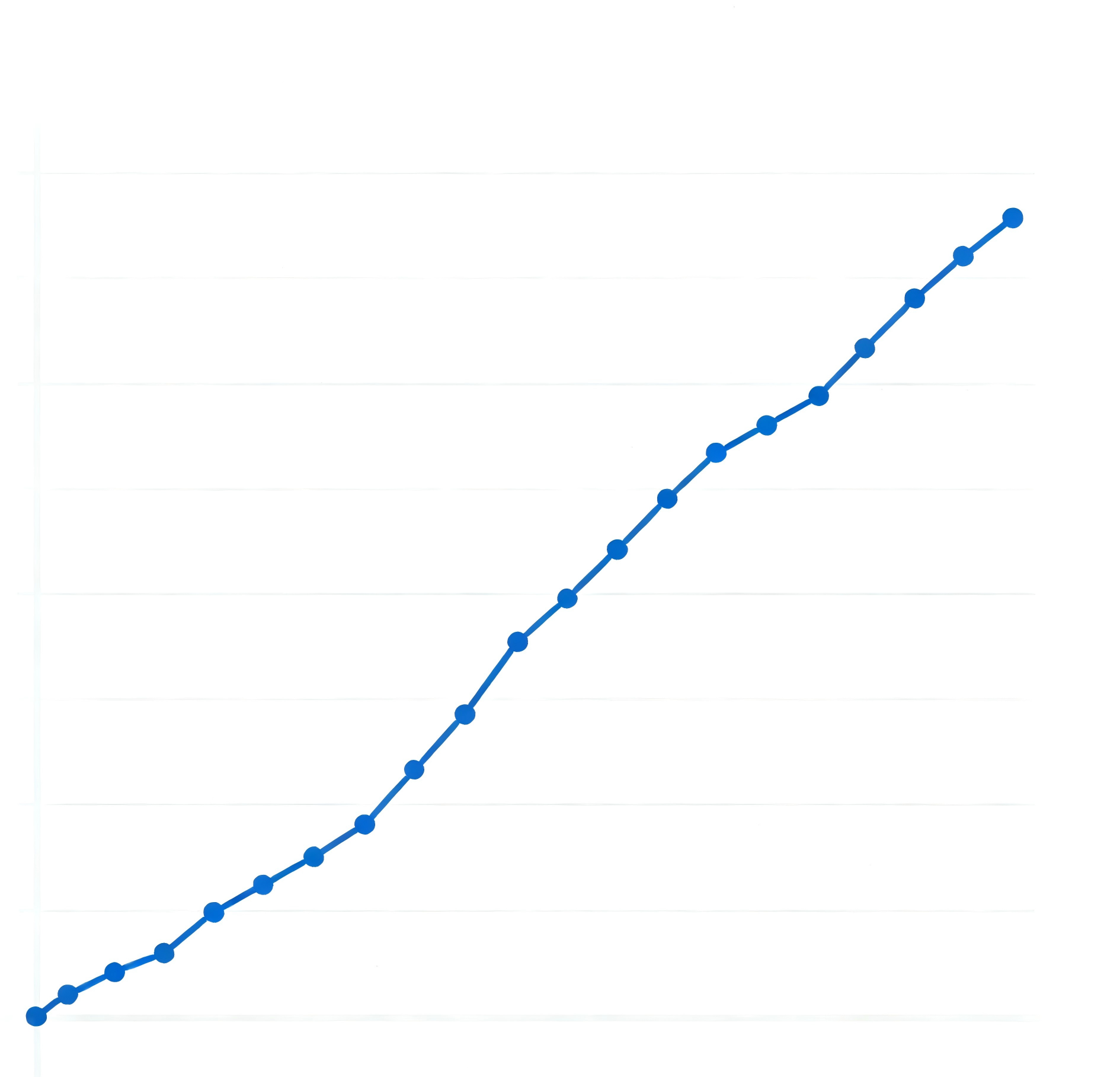
(1) The Essential Driver: Meeting Food and Nutritional Needs
As one of the three major animal-based food sources – alongside livestock and poultry meat, and eggs – aquatic products play a vital role in ensuring global nutrition and food security. With evolving human consumption patterns and continuously optimizing diets, the proportion of aquatic products in our meals is on an upward trend. There is immense potential for growth in global per capita consumption of aquatic products. Therefore, increasing the development of new farming spaces, such as deep-sea aquaculture, is a crucial pathway to supplement the growing gap in aquaculture production.
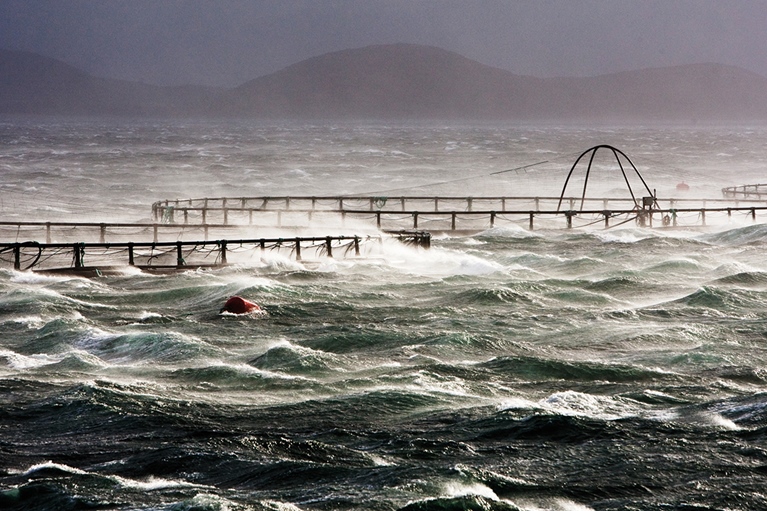
(2) The Core Competitiveness: Green and High-Quality Development
Deep-sea aquaculture has been identified as a key direction for the future development of the mariculture industry. Utilizing the high-quality seawater resources of the open ocean for healthy aquaculture is the essential route for the industry’s transformation, upgrading, and achievement of green, high-quality development. A central component of this is promoting deep-water, storm-resistant cage farming models, where cage systems are placed in relatively distant offshore waters for intensive cultivation.
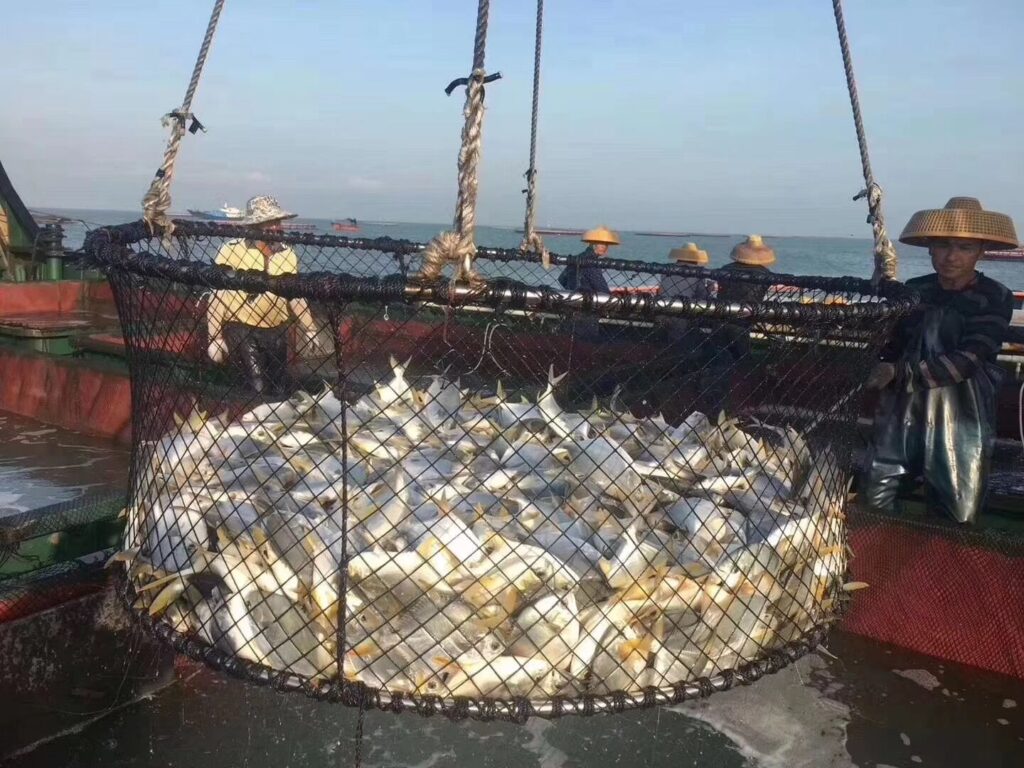
(3) The Proven Motivation: Enhanced Value and Efficiency
The development of any industry ultimately depends on profitability. Socio-economic progress and improved living standards have led to higher demands for the quality and safety of farmed fish, pushing aquaculture enterprises to seek greater economic returns. This is reflected in the price differences of fish from various farming methods. Take large yellow croaker as an example: the prices for inshore-farmed, enclosure-farmed, and wild-caught croaker show a significant jump. In 2017, factory-farmed large yellow croaker in Ningde, Fujian, sold for around 30 RMB/kg, while enclosure-farmed croaker sold for over 100 RMB/kg. More strikingly, the price for wild-caught (750g) large yellow croaker reached 1600 RMB/kg. This demonstrates that farming different qualities of marine fish yields different prices, with high-quality products commanding a significant premium. This price incentive drives enterprises and farmers towards farming facilities and models that produce high-quality outputs, providing the fundamental motivation for developing the high-investment, high-output model of deep-sea aquaculture.
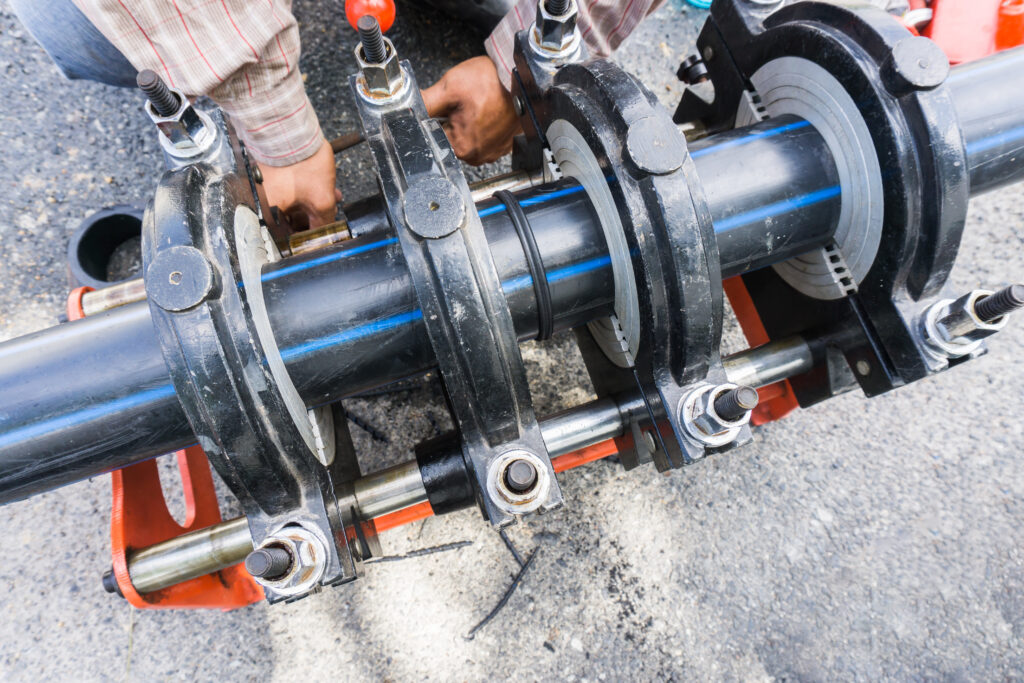
(4) The Key Enabler: Multi-Disciplinary Technology Integration
In recent years, the shipbuilding and offshore engineering industries have laid a foundation and provided technical support for upgrading deep-sea aquaculture equipment through the integration of technologies and equipment. Expanding aquaculture space inevitably means moving into more open waters, where the safe operation of large, deep-water facilities under harsh conditions requires guaranteed structural strength and reliability. Aquaculture nets must maintain water flow integrity despite biofouling and currents. The pioneering application of new materials like copper alloy nets in cage farming, coupled with independent innovation in related technologies, has facilitated the development and industrial application of large-scale engineered enclosure facilities and eco-aquaculture models. This provides the technical support needed for developing efficient, healthy, and ecological deep-sea aquaculture facilities. It’s clear that the交叉应用 (cross-application) and effective integration of multi-disciplinary technologies are essential to support the mariculture industry’s move into the deep sea.

